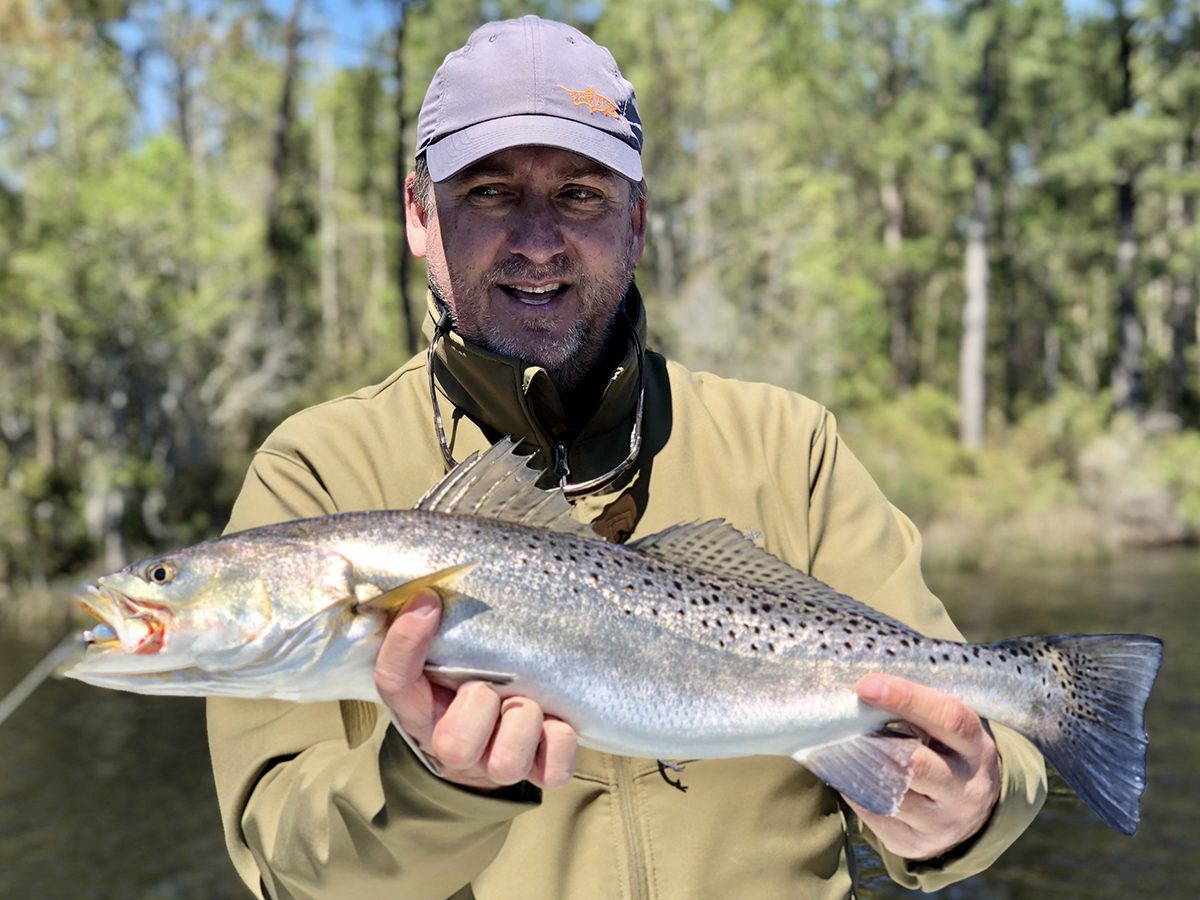Back in 1974 an almost evenly divided N.C. General Assembly hotly debated the wisdom of enacting the Coastal Area Management Act.
There were two major reasons that the bill was passed by highly skeptical lawmakers. First, drafters of the law went to great lengths to make sure that the real life experiences of all coastal stakeholders would be included on the Coastal Resources Commission. And secondly, effort was made to ensure that both the commission and its advisory council would have plenty of local government representation so that the program could be a true partnership between state and local government.
Sponsor Spotlight
Once the bill became law, then Republican Governor Jim Holshouser carefully selected the first members of the Coastal Resources Commission. He made sure that its members provided good balance of coastal perspectives.
 Gov. Jim Holshouser |
Not all governors over the years have made appointments that yielded a broad view of coastal life. In 1989, the N.C. General Assembly made sure that eight seats on the 15 member commission were off limits to people who derive significant income from land development, construction, real estate sales, lobbying, or do not otherwise serve as agents for development-related business activities. This helped to make sure that other non-development experiences and values are well represented on the commission.
This membership structure so carefully crafted years ago has endured, and worked pretty effectively. However, now lawmakers in Raleigh want to downsize the commission and its advisory committee.
The changes to the advisory commission are warranted. Many local governments have never fully used its potential to participate in the work of the commission. About half of the 45-members of the advisory council never show up to meetings, and absentee rates are the highest among members appointed by coastal counties. The proposal to remove the public health expertise from the advisory board is a bad idea given all the issues involving the safety of coastal waters for fishing and swimming that confront the coast today, but other than that the ideas for downsizing the advisory group to 25 members will probably result in a more functional committee.
Sponsor Spotlight
However, lawmakers’ propose to reduce the commission from 15 to 9 members, and that’s is simply a bad idea. It makes little sense to remove seats on the commission that bring the experiences of agriculture, commercial fishing, wildlife and sports fishing and the ability of the governor to round out this policy making body by appointing three at-large members.
Current member designations include:
- Coastal Forestry
- State/National Conservation Organization
- Coastal Land Development
- Financing of Coastal Land Development
- Local Government
- Coastal Agriculture
- Marine-related Business
- Wildlife or Sports Fishing
- Marine Ecology
- Commercial Fishing
- Coastal-Engineering
- Three At-large members
Under the proposed makeup, removing the agricultural seat means that the experiences of one of the biggest land users in the coastal area will no longer be on the commission. In addition, the people who benefit most from good coastal management – sportsman and fishers – won’t be able to offer their perspectives any longer. Finally, removing the three at-large seats will simply make it even more difficult for future governors to round out the commission’s makeup. If the downsizing occurs, the commission’s one minority member and one of two women on the board will no longer be able to serve in one of the at-large seats.
The commission continues to struggle to provide effective forward-looking leadership on coastal policy. It is challenged in doing so by many obstacles, including a lack of effective participation in its work by its appointed advisors. However, no one has ever had a problem with the long-established legislative intent for the commission to bring a broad spectrum of coastal interests to the table to devise workable coastal management policies.
In other words, if the basic architecture of the commission isn’t broken, there’s no reason to fix it.







